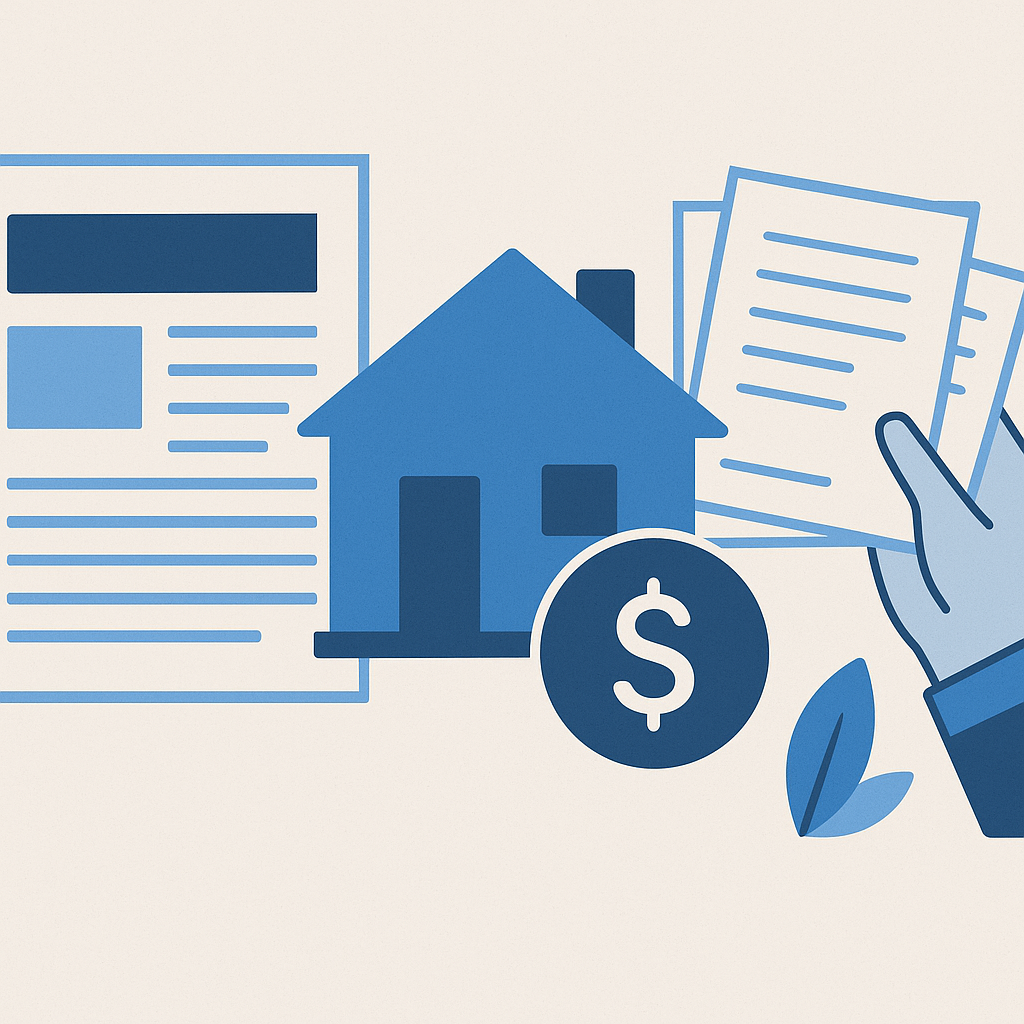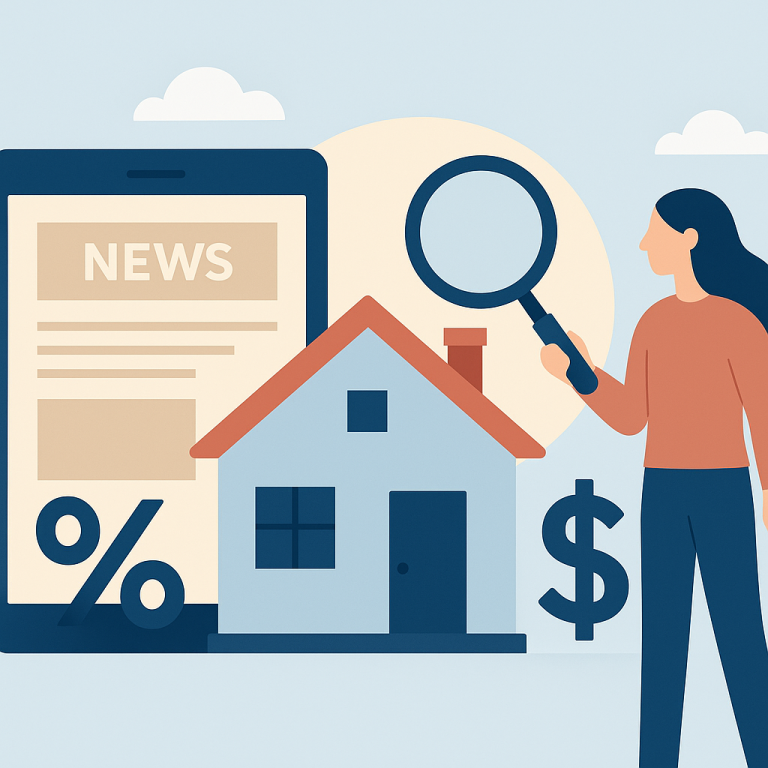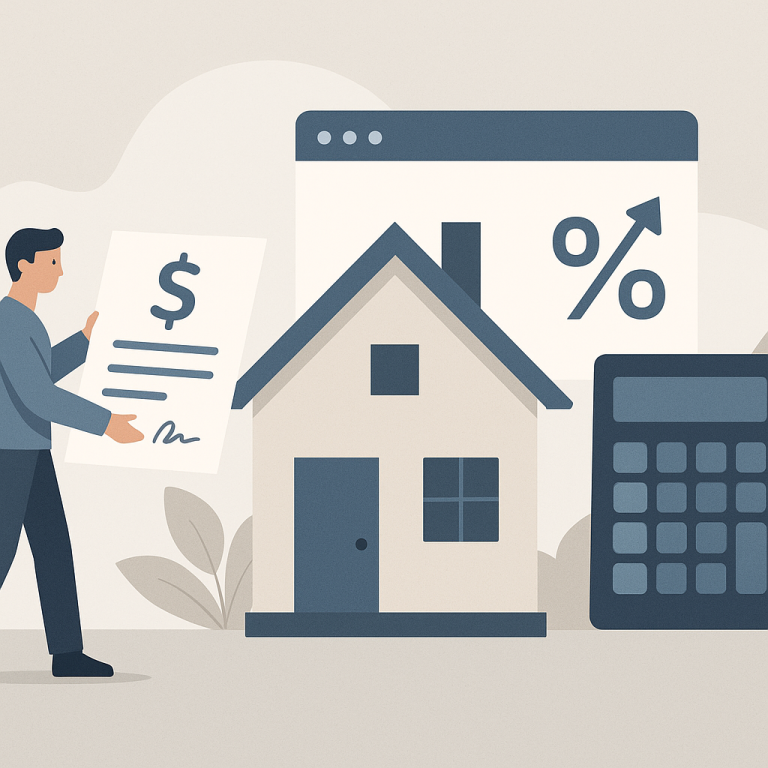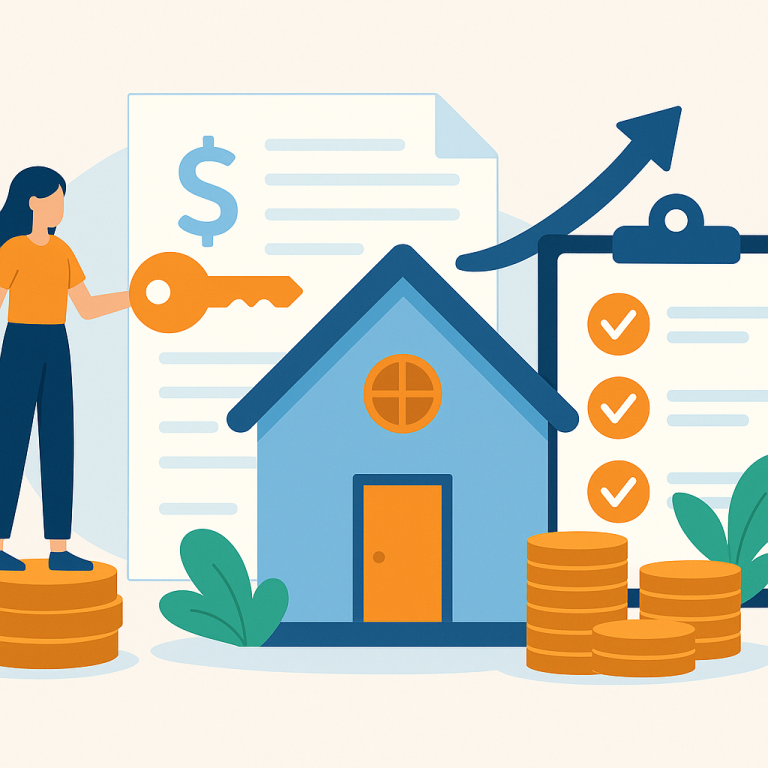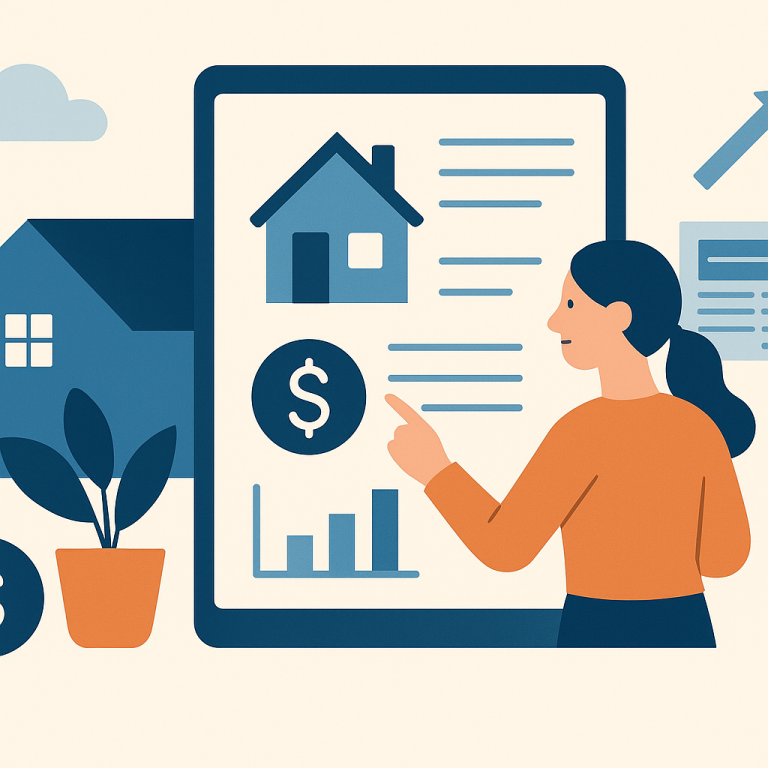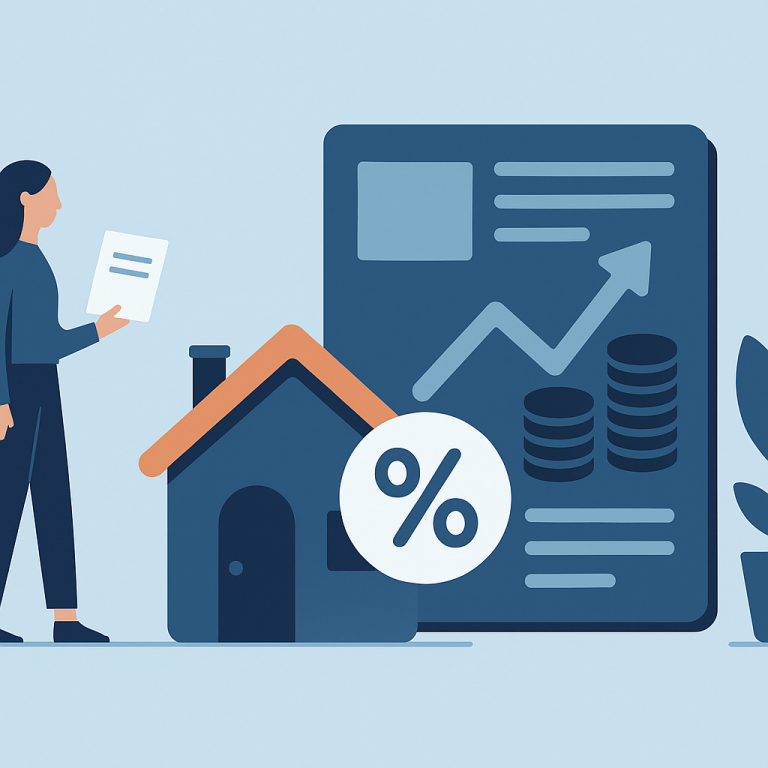30-Year Fixed Refinance Rates Jump 0.5% After Strong Jobs Report
At a glance: The latest mortgage rate move and how it could affect refinancing decisions.
Mortgage rates have shifted. The effect depends on a borrower’s current loan rate, term remaining, and goals.
What the Rate Move Means for Borrowers
Mortgage refinance activity has shown signs of picking up after a period of elevated rates, as lenders and borrowers respond to a softer interest-rate environment. The change is prompting more homeowners to revisit their mortgage strategy — whether to lower monthly payments, shorten the loan term, or tap home equity — but financial benefits vary depending on individual circumstances.
Market conditions that moderate borrowing costs typically spur three common refinancing motives: rate-and-term refinances to reduce interest expense or monthly payments, term-shortening refinances to build equity faster, and cash-out refinances to access liquidity. Each path carries distinct trade-offs including closing costs, potential changes to loan duration, and tax or cash-flow implications.
Key considerations before you refinance
Homeowners should weigh several factors before moving forward. First, calculate the break-even period — how long it will take for monthly savings to cover the refinance costs. Short break-even periods make a refinance more attractive for homeowners planning to stay in the property for a while; long break-even periods reduce the likelihood of net savings.
Second, assess your remaining loan term and financial goals. Switching to a shorter term can significantly reduce total interest paid but may raise monthly payments. Conversely, extending the term can lower monthly expenses while potentially increasing lifetime interest costs.
Third, review eligibility and costs: credit score, loan-to-value ratio, documentation requirements, and closing costs affect both the rate offers you receive and the economic value of refinancing. Some loans carry prepayment penalties or restrictions that can offset refinancing benefits.
Practical steps for homeowners
Take a systematic approach to ensure a refinance aligns with your objectives and budget:
- Get multiple rate quotes and compare annual percentage rates (APRs) rather than headline rates to capture fees and closing costs.
- Run a net-present-value or break-even calculation to understand how long it will take to recoup upfront expenses.
- Decide whether your priority is monthly cash flow, total interest savings, or accessing equity — different loan products serve different goals.
- Ask about loan features such as adjustable rate resets, prepayment penalties, and the option to recast payments after a lump-sum payment.
- Consider the tax implications of cash-out refinancing relative to other ways of borrowing against home equity.
When refinancing makes sense — and when it does not
Refinancing tends to be beneficial when the expected duration of homeownership exceeds the break-even period and when the refinance meaningfully reduces interest costs or meets an important financial objective. It is less advantageous for homeowners near the end of their current mortgage, those with marginal equity, or those whose refinance savings would be quickly eroded by fees.
Lenders may also introduce incentives or temporary pricing that make refinancing opportune for some borrowers but not others. Homeowners should be cautious about rushing into products that include features they do not fully understand or that are tailored to short-term market signals rather than long-term financial plans.
As refinancing activity responds to evolving rate dynamics, homeowners who evaluate net benefits, align loan choice with personal goals, and shop competitively are best positioned to capture meaningful gains without unintended costs.
META: mortgage-refinancing, homeowner-takeaways, rate-moderation, refinance-guide

